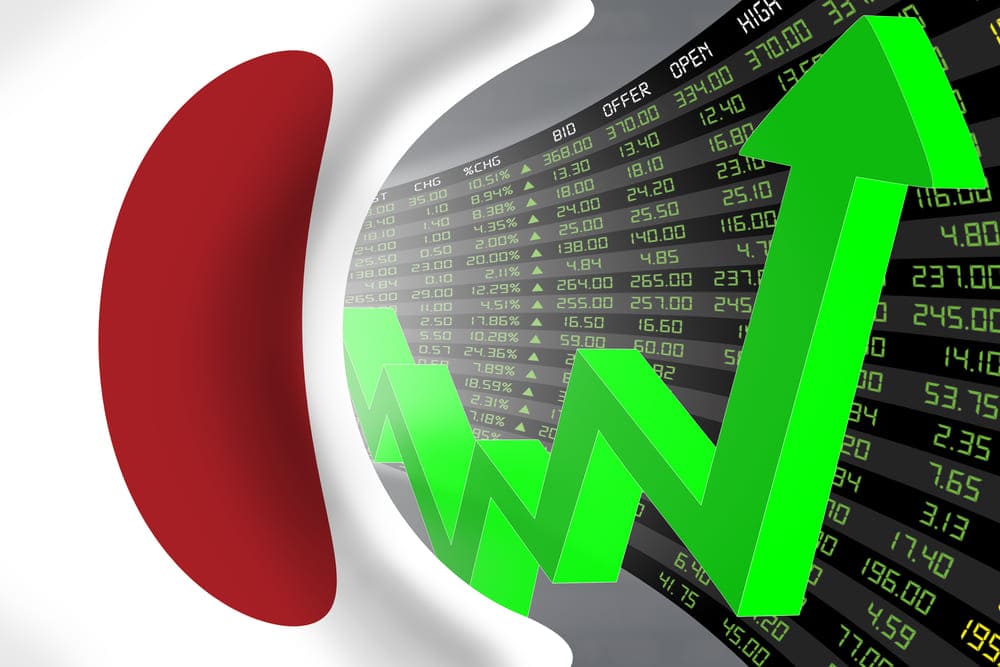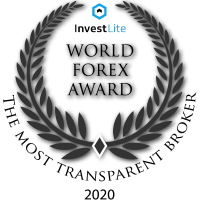
In the world of stock market indices, most people may only be aware of heavyweights such as the Dow Jones, FTSE, and S&P 500. Yet, there are gentle giants such as the Nikkei (or Kikkei heikin kabuki) 225. It’s the stock market index for the Tokyo Stock Exchange (TSE). Some call it the “Japan 225.”
Between 1975 and 1985, the Nikkei was called the “Nikkei Dow Jones Stock Average.” it was established in a bid to rebuild Japan’s industrial sector after World War II. The Tokyo Stock Exchange was established in 1878, while the Japanese Stock Exchange (JSE) resulted from an amalgamation effort involving the TSE and several leading companies. The JSE was shut down in August 1945 towards the end of WWII. The TSE reopened in May 1946.
Contents
- What’s the Nikkei 225?
- Who Makes Up the Nikkei 225?
- How can I invest in Japan?
- Why trade the Nikkei 225?
- Factors That Influence the Overall Index Price
- Conclusion
- FAQ: NIKKEI 225 CFD Trading
What’s the Nikkei 225?
The Nikkei Index or the Nikkei Stock Average, as Nikkei 225 is variously known, is a TSE stock market index. It's the apex index of Japanese stocks. The index is Japanese Yen-denominated and is a price-weighted stock index includes the premier 225 blue-chip companies listed on the TSE.
The Nikkei (Nihon Keizai Shibun) newspaper calculates the Nikkei 225 daily and has done so since 1950. A review of the components is conducted once per year at the beginning of October. Real-time updates are calculated every 15 seconds.
Companies from diverse industry sectors constitute the index, including consumer goods, transportation, and utilities. They include Canon Inc., Nissan Motor Co., Panasonic Corp., Sony Corp., and Toyota Motor Corp. more than 40 percent of the companies in the index are in the technology sector.
The Nikkei 225 is a popular indicator of the direction of the Japanese stock market. The Nikkei 225 is popular worldwide for creating and trading many financial products.
So, the Nikkei 225 features the most prominent businesses in the Japanese economy. The Nikkei is an important measure of Asian stock market activity due to the immense size of the Japanese economy. Traders need to follow the Nikkei 225 to determine the specific direction of Japanese stocks. It also provides an idea of sentiment and price action across the entirety of East Asia.
Who Makes Up the Nikkei 225?
The Nikkei 225 comprises of 225 stocks selected from Japan’s top-performing companies. An annual review determines which of the constituents remains or is changed. A company that’s no longer deemed suitable for the index is deleted and replaced using a procedure of “Extraordinary Replacement.”
Every September, a selection takes place based on sector balance and company liquidity. There are six sector categories consolidated from the 36 Nikkei industrial classifications.
Here are some top companies by market cap in the Nikkei 225:
|
Toyota Motor |
|
Sumimoto Mitsui |
|
Nippon Telegraph & Telephone |
|
NTT DoCoMo |
|
KDDI |
The index peaked at 39,000 in December 1989 due to the Japanese asset price bubble. It hasn't quite matched this level since then. Since 2000, seven double-digit year-on-year losses have occurred. By contrast, the Dow Jones has had just two. It shows the Nikkei's stock volatility, along with the varying long-term performance of the index and other global indices.
Open account
How can I invest in Japan?
Individual foreign investors cannot buy and manage stocks directly on the Nikkei. Rather they can obtain exposure to the index by buying stocks through exchange-traded funds whose components correlate to the index.
Investors use ETFs for speculative trading strategies such as short-selling and trading on margin. Now, you can trade the entire market as though you were trading a single stock.
Currency Prices
Economic Data
Why trade the Nikkei 225?
Three reasons to trade Nikkei 225 are liquidity, volatility, and the correlation between assets. The Nikkei is highly liquid, and its high trading volume allows traders to trade with minimal slippage and benefit from tight spreads. The quick price movements make for significant opportunities. It's also convenient to build a diverse portfolio since the Nikkei mirrors other markets positively and the Yen negatively.
Factors That Influence the Overall Index Price
The Nikkei 225 index is famous for being the most volatile traded index since it’s prone to brisk market move, plunging, rebounding, and recovering. The sheer size of Japanese exports to the US is why the price of the Nikkei ties well to the US. It's advisable to keep an eye on the US markets when trading the Nikkei because whatever impacts the US will likely have a significant influence on the Nikkei.
While the share price of the Nikkei 225 constituents is the primary driver of the index’s price, the main influential drivers include:
Currency Prices
Exports power the Japanese economy. Therefore, the strength of the Yen is a leading factor for stock prices. A strong Yen implies that Japanese products may not be attractive options on the international market. Stock prices can plummet because of this.
On the other hand, a weaker Yen allows foreign demand for Japanese exports, boosting revenues and propping up the Nikkei 225. The Nikkei and the Yen tend to correlate inversely.
Economic Data
It’s common for indices are affected by events influencing the political or economic landscape.
Moreover, Nikkei 225 trading needs to run parallel to traders following the movements of the US markets and their respective indices. The US non-farm payroll (NFP) data shows how interrelated the Dow Jones and the Nikkei 225 are.
In times of growth and high employment, consumer spending is likely to rise, keeping some stocks in shape.
Natural Disasters
Japan has to endure the reality of natural disasters. These events often impact the Nikkei 225 considerably. An example is when the Tohoku earthquake hit in 2011. The tsunami led to massive selloffs, causing the index to drop more than 7 percent only days after.
Monetary Policies
Bank of Japan policies can influence the costs of borrowing and business (or consumer) spending patterns in Japan. It can impact company revenues and, ultimately, stock prices.
The Nikkei is extremely sensitive to global events, such as war, politics, and natural disasters. Economic benchmarks such as unemployment rate, rising interest rates, GDP, and job creation numbers are major influences, especially when they concern the US and Japan. It is, therefore, advisable to follow the Dollar Index and the S&P 500.
Conclusion
The Nikkei remains Japan’s most widely used indicator. It presents vast opportunities that traders globally can benefit from. One of the common uses of the Nikkei 225 is to trade indices by using a CFD account.
Strategy is crucial when trading the Nikkei 225. You can trust Investlite.com to help you steer clear of financial situations and government policies on key markets world. We have plenty of information on the website to help you understand the index better and trade more confidently. You can get started today by visiting our website here.
FAQ: NIKKEI 225 CFD Trading
What is the process of calculating the Nikkei 225?
The Nikkei is calculated every five seconds in the course of the Tokyo Stock Exchange (TSE) trading session. Like the Dow Jones, the Nikkei is a price-weighted index, so stocks with higher share prices have a greater weight index.
The index is calculated as a weighted price average. The total of the constituent stock prices is adjusted (as in the Dow) using a supposed par value and divided by the divisor.
Nikkei Stock Average = the sum of adjusted stock price ÷ divisor
What is the Tokyo Price Index (TOPIX)?
The Tokyo Price Index (TOPIX ) is the other significant index to track the TSE. Unlike the Nikkei, TOPIX ranks stocks using free-float adjusted market capitalization. It also tracks domestic companies listed in the First Section of the Tokyo Stock Exchange – more than 2,000.
Some view TOPIX as a better measure of Japan's stock market due to the weighting differences between the indices and the larger number of TOPIX companies.





